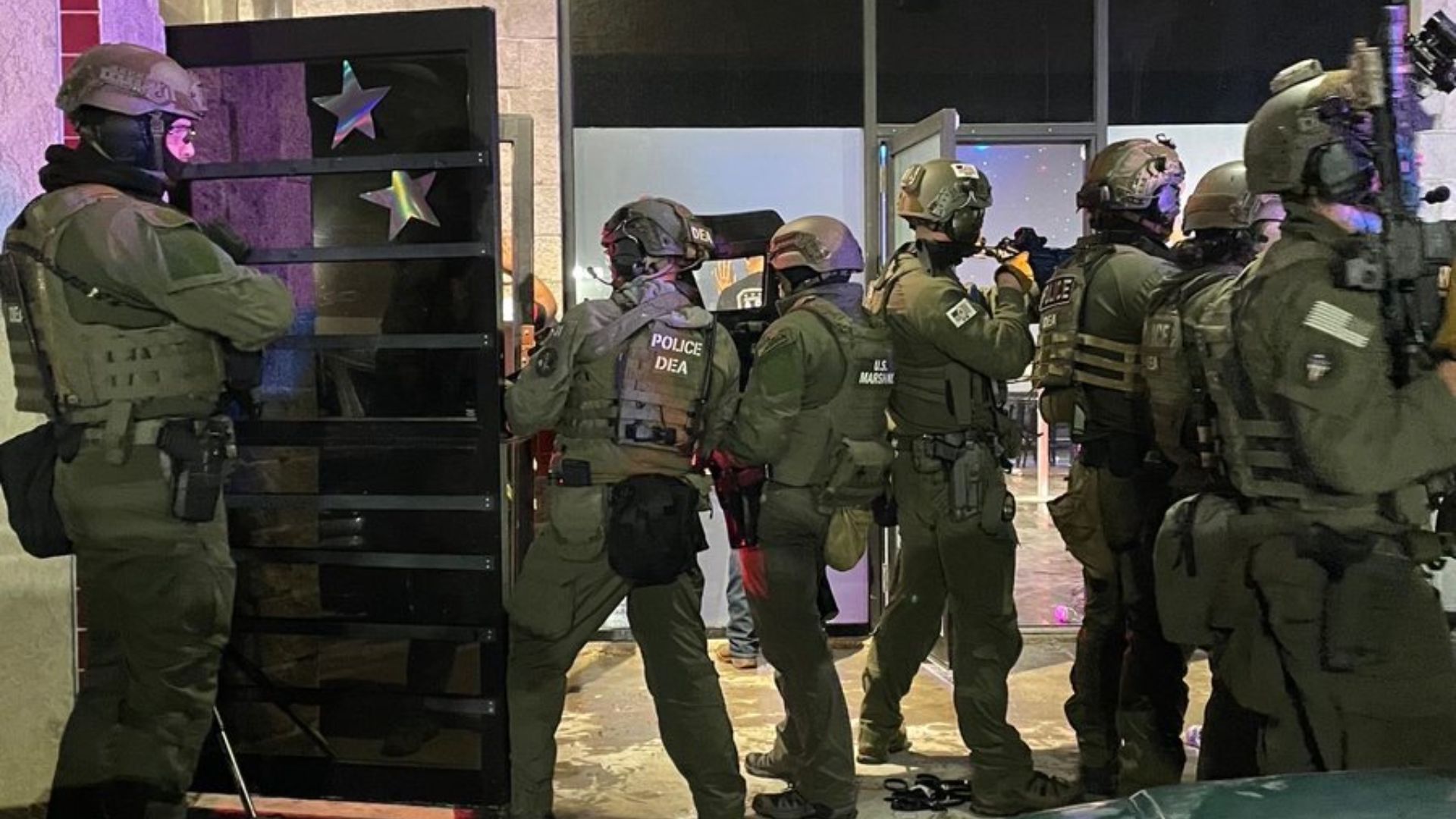U.S. Immigration and Customs Enforcement (ICE) is reaching out to law enforcement agencies around the country, urging them to join the 287(g) program. This federal initiative allows local police to help identify and detain illegal immigrants involved in crime. The program is rooted in the Immigration and Nationality Act of 1996, giving ICE the authority to partner with local agencies.
Through these partnerships, ICE empowers local officers, giving them the training and resources to enforce immigration laws. As of late May, ICE has forged 635 agreements with law enforcement across 40 states. These agreements come under various models, including the Jail Enforcement Model, Task Force Model, and Warrant Service Officer Model.
The breakdown of these agreements shows 100 Jail Enforcement Model partnerships in 25 states. Additionally, there are 228 Warrant Service Officer agreements spread across 31 states and 307 Task Force Model agreements in 30 states. There’s a strong interest in the program, with 68 applications still pending.
Florida is leading the pack with the highest level of participation in the 287(g) program. Every county sheriff’s office in Florida has joined at least one of the models. Many counties in Florida are involved in all three models, making it a standout state in terms of participation.
The Sunshine State also boasts the most law enforcement agencies working with the program. Beyond county sheriff offices, state agencies in Florida are also on board. These include the Department of Highway Safety, the Division of Highway Patrol, and others like the National Guard and Environmental Protection.
Moreover, Florida has over 90 police departments signed up for the program. Even smaller jurisdictions, like Indian River Shores and Jupiter Island, are participating. It’s the only state where university police departments are actively involved, with schools like Florida A&M and the University of Central Florida signed on.
Pasco County in Florida is making history by being the first county where the board of commissioners has opted in. Florida is also unique because it includes airport police departments, like those at Melbourne International Airport. Correctional facilities in various counties are part of the program, too.
Florida is not resting on its laurels; it has the highest number of pending applications. These include more police departments, another airport, and two universities. The Florida Department of Agriculture is also looking to join the initiative.
Texas follows closely behind with its participation. The state has 63 counties with sheriff’s offices enrolled in the program. This accounts for about a quarter of all counties in Texas.
The push for the 287(g) program comes at a time when border security is a hot topic. Some experts believe this program is crucial for maintaining public safety. They argue that removing violent criminals from communities should be a priority.
ICE is actively encouraging American citizens to promote the program within their communities. They suggest sharing materials like the ICE 287(g) fact sheet with local officials. This effort is aimed at getting more agencies on board.
ICE officials argue that the program is an essential tool for community safety. They believe expanding it will help keep violent criminals off the streets. The agency is also encouraging people to contact their state legislators to advocate for the program.
This initiative is seen as a way to bolster local law enforcement efforts. It provides much-needed resources and training to officers. By working together, ICE and local agencies aim to create safer communities.
The 287(g) program has its supporters who see it as a positive step for the country. They believe it reinforces the rule of law and enhances public safety. These partnerships are seen as a way to ensure that immigration laws are enforced effectively.
ICE’s call to action is part of a broader strategy to enhance border security. The agency is looking to expand its reach across various jurisdictions. By doing so, they hope to create a more unified approach to immigration enforcement.
Supporters of the program see it as a win-win for local and federal agencies. It not only strengthens law enforcement capabilities but also builds community trust. By collaborating, these agencies can address immigration challenges more efficiently.
The program’s expansion reflects a growing commitment to tackling illegal immigration. ICE’s efforts are part of a larger focus on national security. This initiative is viewed as a critical component of the country’s immigration strategy.
With strong participation from states like Florida and Texas, the program is gaining momentum. These states are setting an example for others to follow. Their involvement highlights the importance of local-federal cooperation in immigration enforcement.
The 287(g) program is a testament to the power of partnership. By working together, ICE and local agencies can address immigration issues head-on. This collaboration is key to maintaining law and order across the nation.



